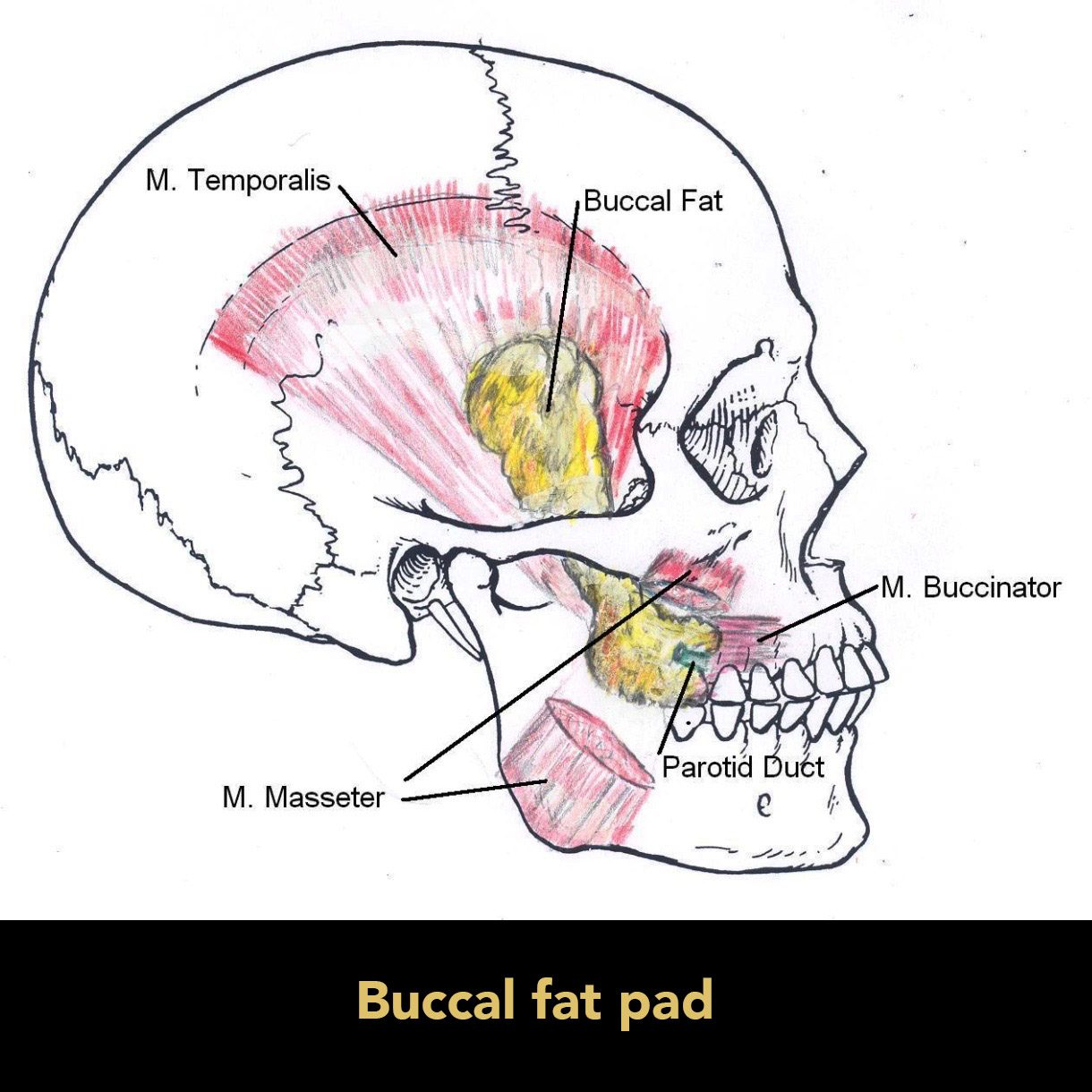Role of buccal fat pad versus collagen in the surgical management of oral submucous fibrosis: a comparative evaluation

Published: 24 March 2022
Abstract Views: 458
pdf: 515
Publisher's note
All claims expressed in this article are solely those of the authors and do not necessarily represent those of their affiliated organizations, or those of the publisher, the editors and the reviewers. Any product that may be evaluated in this article or claim that may be made by its manufacturer is not guaranteed or endorsed by the publisher.
All claims expressed in this article are solely those of the authors and do not necessarily represent those of their affiliated organizations, or those of the publisher, the editors and the reviewers. Any product that may be evaluated in this article or claim that may be made by its manufacturer is not guaranteed or endorsed by the publisher.


 https://doi.org/10.23805/JO.2022.14.20
https://doi.org/10.23805/JO.2022.14.20








